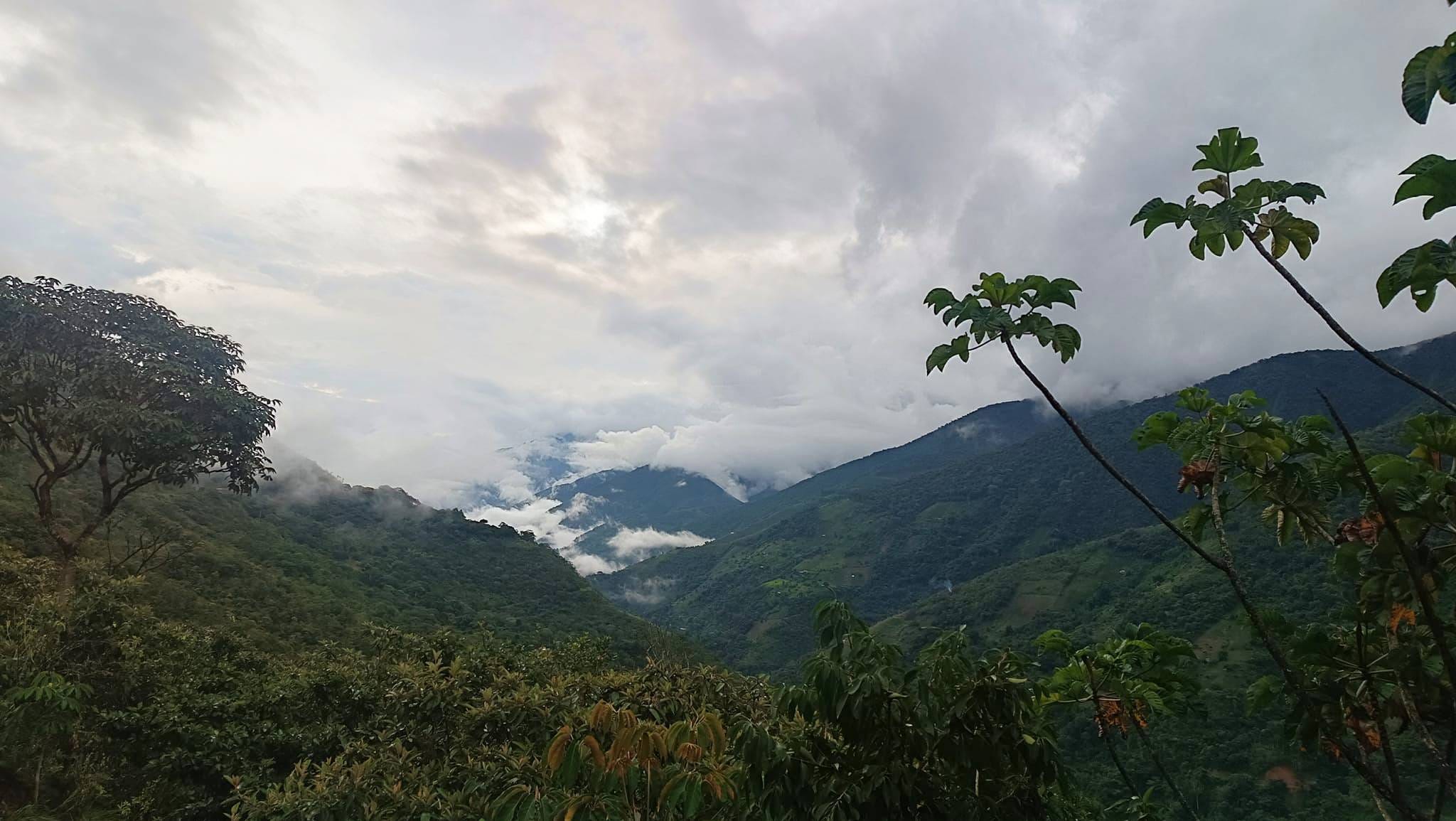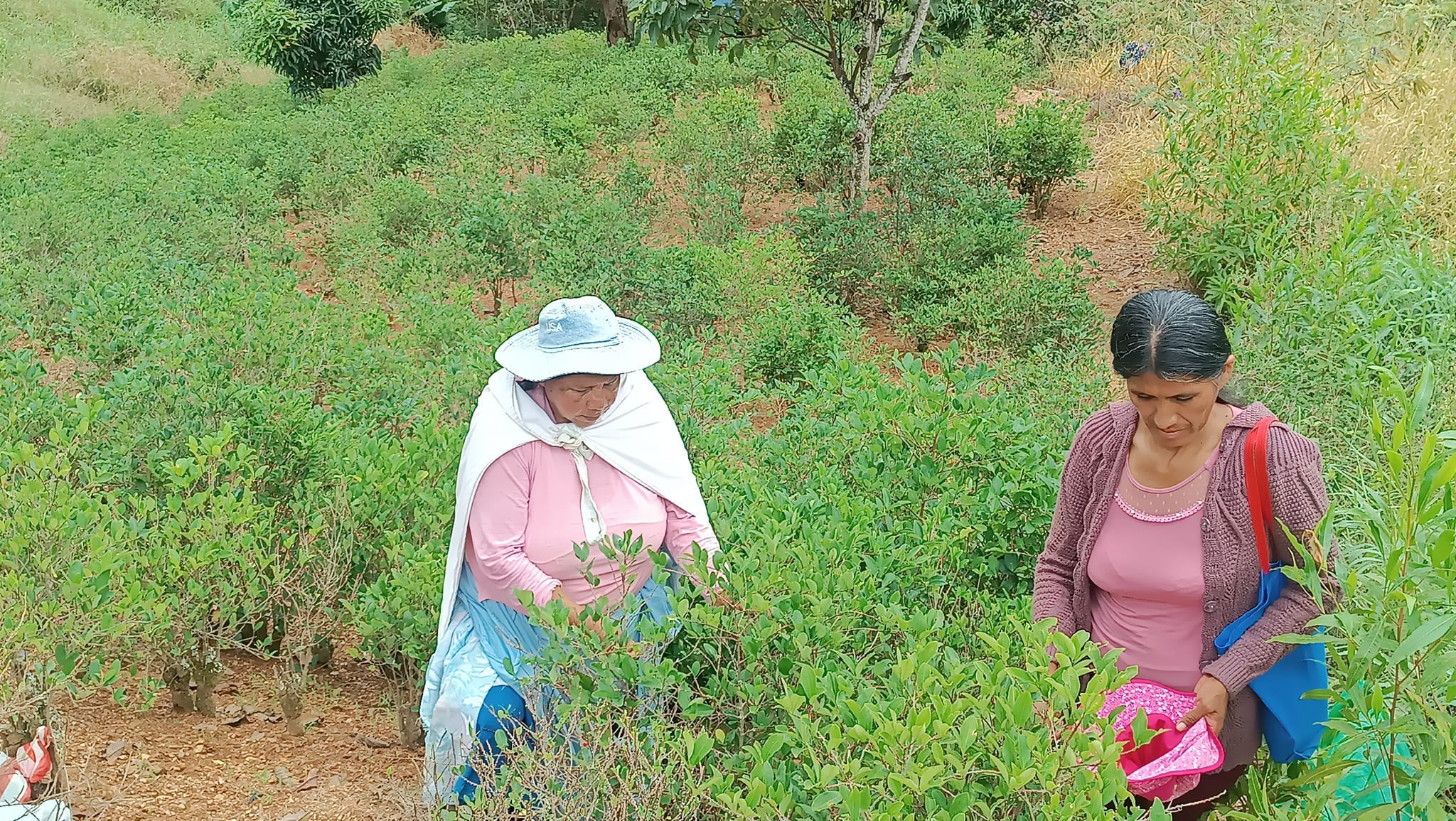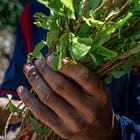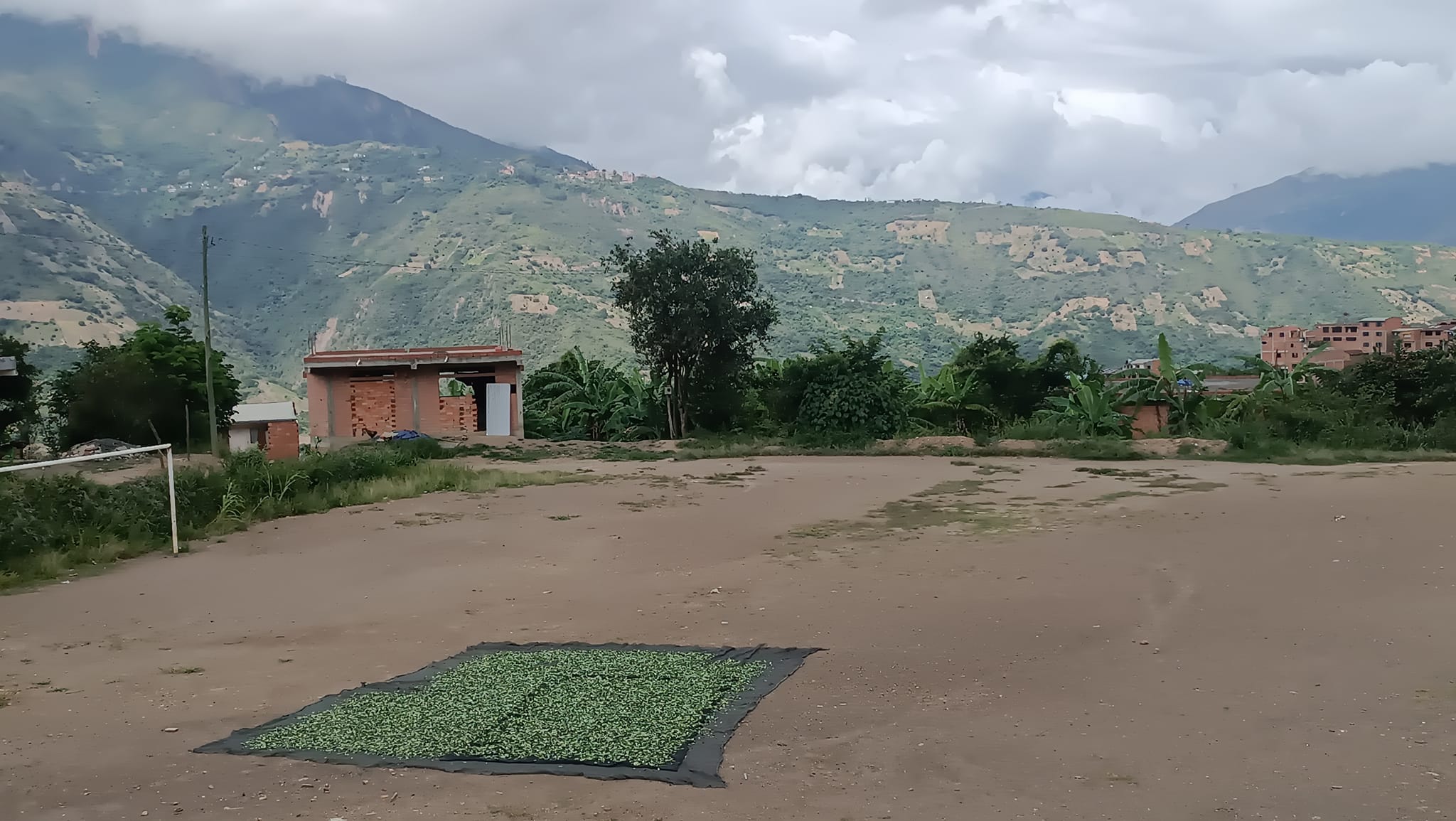Coca energy drinks soon at a store near you?
After WHO said coca leaf is safe, a UN re-evaluation in December could be a game-changer for Bolivia
This week’s feature is by Niko Vorobyov, reporting from Bolivia
The Yungas of Bolivia, just a few hours’ drive from the capital La Paz, is a region of lush green valleys. The peaks of nearby mountains are shrouded in clouds and mist, lending an almost mystic feel to the landscape. The bumpy roads and dusty, windy mountain paths through the vegetation, occasionally interrupted by alpine streams and patches of coca. It was at one of these patches that we met Julio Yani, a former leader of a cocalero (coca farmer) union.
“My family has been dedicated to growing coca since my parents and my grandparents, although at that time there wasn’t as much coca here,” he told me.
In 2023, Bolivia and Colombia requested the World Health Organization (WHO) to re-evaluate the coca leaf, which has been listed as a dangerous drug for decades. In September, the WHO completed its review, and now it looks very likely that coca (though not cocaine) will be recommended for removal from the “most dangerous drugs” category at a meeting of the UN’s Commission on Narcotic Drugs (CND) in December.
“In my grandparents’ time, there were more fruits — oranges, tangerines, and also coffee,” said Yani. “But around 2000, the fruit prices crashed, and the government didn’t commit itself to supporting the peasants. So now, it’s purely coca… If you take care of the land, a plant can last five to ten years, maybe more.”
For many indigenous peoples in South America, particularly in Bolivia, coca leaves are a fundamental part of their culture. When chewed, the leaves are a mild stimulant. Acullico (coca-chewing) is a social activity: Bolivians often share and chew leaves with friends, much like in the Western world, a host might offer a houseguest a cup of coffee.
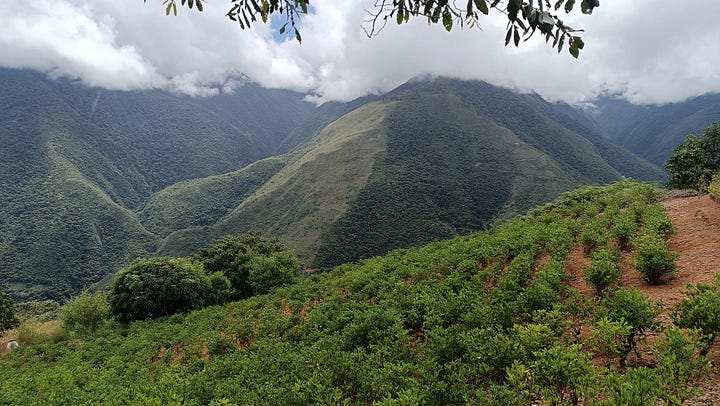
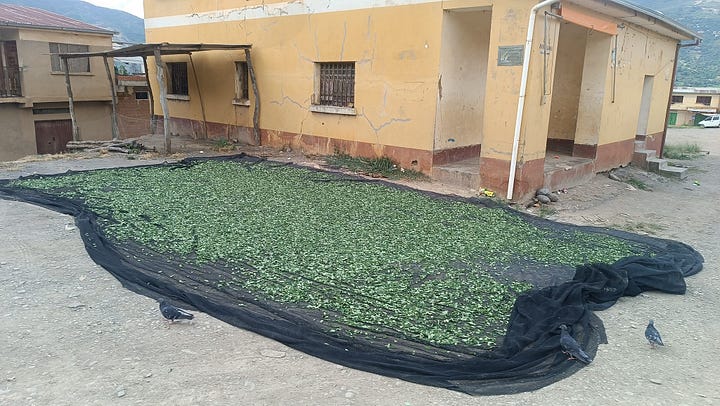
Coca, however, is also the raw ingredient in cocaine. After processing the leaf with a series of chemicals, including ammonia and gasoline, cocaine becomes a powerful drug that generates dramatic profits for the criminal groups that refine and transport it to markets around the world.
After the Cold War ended, and the US turned its military might from fighting communism in the Americas to fighting drugs, eradicating coca plants became a priority for “War on Drugs” policies. The United States imposed its policy on Latin America by threatening an end to foreign aid and even sanctions if countries didn’t comply. As part of those efforts, in the 1990s, the US provided military advisors, funding, and Black Hawk helicopters to Bolivia as part of coca eradication efforts. Rural indigenous farmers, for whom coca was both their ancestral tradition and livelihood, rebelled.
“The people began mobilising because there was too much abuse,” Yani told Pirate Wire Services.
“At the time, we mostly went on marches and set up roadblocks. Sometimes the authorities would try to reach an understanding with us, but when that didn’t work, they’d throw tear gas.”
In La Paz and the Chapare, another coca-growing area, protesters and security forces clashed violently in the early 2000s, leaving dozens dead. Evo Morales, a coca farmer and social leader, came to prominence as part of this social uprising. After Morales won the presidency in the 2005 elections, the government took an unabashedly pro-coca turn, rolling back eradication efforts and kicking the US Drug Enforcement Agency (DEA) out of the country.
Since then, Bolivia has won an exception to international drug control rules and developed a coca industry, producing tea, candy, and even toothpaste. In 2010, a new energy drink, Coca Colla, hit the shelves (Colla means native Bolivians of Quechua or Aymara origin). Unlike the US company Coca-Cola (One “L”), the local Bolivian brand contains coca leaf. (Until 1903, Coca-Cola’s original recipe contained cocaine.)
But unless you’ve visited Bolivia, you’ve probably never seen a bottle of Bolivian Coca Colla. That’s because international drug control treaties — which almost every nation on Earth is bound to — still treat coca the same as they do cocaine, meaning coca products cannot be exported globally. This also applies to products like coca tea, a common treatment for altitude sickness and other maladies, as well as a host of indigenous ancestral medicines.
The CND, whose membership includes states likely to back the coca reform, such as the Netherlands, as well as more conservative states likely to oppose it, like Saudi Arabia and the United States. But Bolivia, Colombia, and Peru, the three largest coca-producing countries in the world, are member states, too.
“They’d need a simple majority vote,” explained Zara Snapp, director of Instituto RIA, a Mexico-based organisation that conducts research and advocacy in drug policies.
“Where the work has to happen is that those [coca-producing] countries: Peru, Colombia, obviously led by Bolivia, will have to be doing behind-the-scenes soft power work of talking to their counterparts about this, so that they see that there’s a value added in this shift in the international system,” said Snapp. “I also think there is a misconception that [the reform] would open the door to something having to do with cocaine, which it would have nothing to do with.”
Snapp added that international reclassification in no way obliges countries to legalize coca. After all, cannabis was reclassified by a UN vote five years ago, and it’s still banned across most of the globe.
Back in the Yungas, Julio Yani said he isn’t holding his breath. “The government always talks about exportation,” he said. “If there were exportation, it would be a great benefit for the cocaleros” in Bolivia, he said.
In Colombia, which the United States recently decertified as a reliable partner in the ‘War on Drugs’, leftist President Gustavo Petro has been a strong critic of US anti-drug policy, especially eradication efforts that he says merely hurt the rural poor in coca-growing regions. “The coca leaf is not cocaine and can be used in many ways,” he said in March of this year. “That is why we are fighting alongside Bolivia, so that the world approves lifting the ban on the leaf and moves toward legal uses… and peace in many regions of [Colombia].”
He has strongly pushed for similar measures domestically.
Additional reporting by William Wroblewski.
Niko Vorobyov is a freelance journalist, convicted drug peddler, and the author of Dopeworld. Follow him on X @Narco_Polo420
You can also donate a one-time gift via “Buy Me a Coffee”. It only takes a few moments, and you can do so here.
And if you can’t do any of that, please do help us by sharing the piece! We don’t have billionaire PR teams either.

